|
Lucian Freud's self-portraits are currently on display in the Sackler Wing at the Royal Academy. It is very interesting, showing the growth of one Britain's most famous artists both physically and artistically. He starts out looking like James Acaster, as actually quite a handsome young man. That steely look of self-regard is something that never goes away though. I like the early work particularly. This flat style with often quite a surrealist feeling of placement is something that appeals to me. As the man develops so does his work. It becomes thicker, darker, more brooding and intense. He very quickly develops this sort of grey/blue palette, which stays until the end of his work and reminds me of the interior of a 1970s Austin. There is something somehow very 70s about Freud. Other than the direct self-portraits, of which there are many, what is in many ways more interesting is his habit of putting himself into other paintings. He apparently left random mirrors around his studio to catch different angles, and it is these accidental images that I like. Probably my favourite piece in the whole show is this dark tatty picture of a dark tatty chair. The texture and detail on the leather and the ripped upholstery, and then, to justify it being in the show, this mirror with a blurred image of the man himself. is a monstrous, looming self-portrait, with Freud in a hideous grey suit. You can feel the colossal self-regard emanating from this image. Freud is lesser-known as a botanical artist. Knocking around are a number of his plant paintings that took him years. There is a faded, battered feeling to this dying plant, which is an example of his slightly off-kilter faded elegance thing. And then, for reasons that are not obvious, there is a naked bust of the man, peeking out from between the fronds. He appears in other paintings too. There is, disturbingly, a full-length nude painting of his adult son, but with Freud himself appearing reflected in the window. Others have his feet or shadow. For me, there is much more interest in the more dynamic, narrative paintings. Although the subject matter seems very harsh, I like the one of Freud and his then wife in a hotel room (above left). I like the narrative tension in the painting and the pensive look of horror on his wife's painting. While Freud is not my favourite painter, I find him often far too cold and distant, artistically and psychologically this is a fascinating show.
0 Comments
I had heard of Nam June Paik before. The Tate had exhibited a number of his joyful robot sculpture constructions over the years and I enjoyed them very much. I was therefore quite look forward to a full exhibition of his work, which is currently being shown at Tate Modern. Initially I was quite impressed. The first exhibit is the delightful jungle like affair (above). A darkened room, strewn with lush potted plants, and peaking out between them these televisions poking out from between the foliage. They show Paik characteristic, blurry indistinct colourful images. Opposite that were some very simple but strangely captivating line drawings using the classic Korean ink painting. They are bold and inviting lines. I will get onto the other highlights but I found there was a lot of heavy quite tedious typed and written manifestos. Paik was at his peak at the age of the manifesto and there were an awful lot of them. I don't like being told what the art is. Unless your philosophy is interesting and well put I am simply not going to wade through pages of typeface. No doubt this does appeal to some and there were many earnest looking people who obviously got a lot out of it. For me though art has to have above all a visual impact. And there is plenty of Paik's work that does. One of the strong things he does is constructing things out of electrical equipment. Anthorpomophising. Is that what is going on? Two excellent examples are above right where you have a pair of glasses and a bra, apparently. Anyway this 80s tech steam punk wearable tech thing really appeals to me. In a darkened room at the end are banks of television screens arranged both landscape and portrait. They show both composite images and separate images which engulf you from the end of the room. Its quite an experience and depending on what is being shown can be either activating or calming. Its a nice idea done well. My favourite room though was the Robot room. The robot's as I said before are the elements of Paik's work I find the most engaging, the most pleasing and the most joyful. There were three (above) showing a sort of evolution of the robot and the incorporating of the TV screens is a nice touch. I spent most of my time in this room marveling at the old tech. I would, ideally have liked to have seen many more of these.
|
Archives
June 2024
Categories |
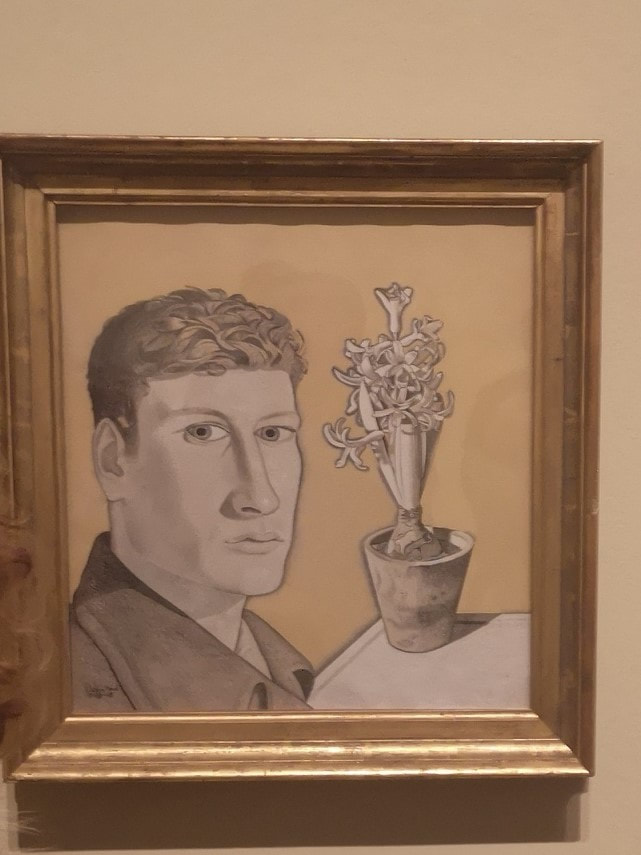



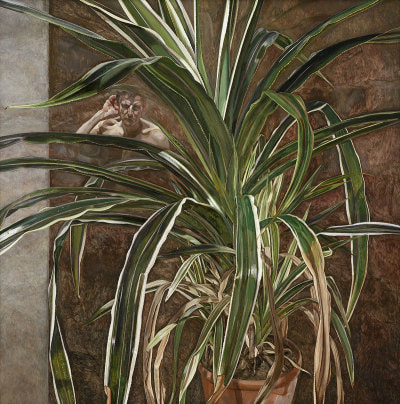


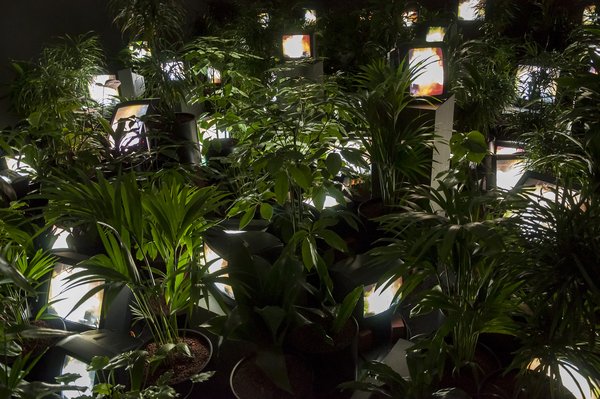

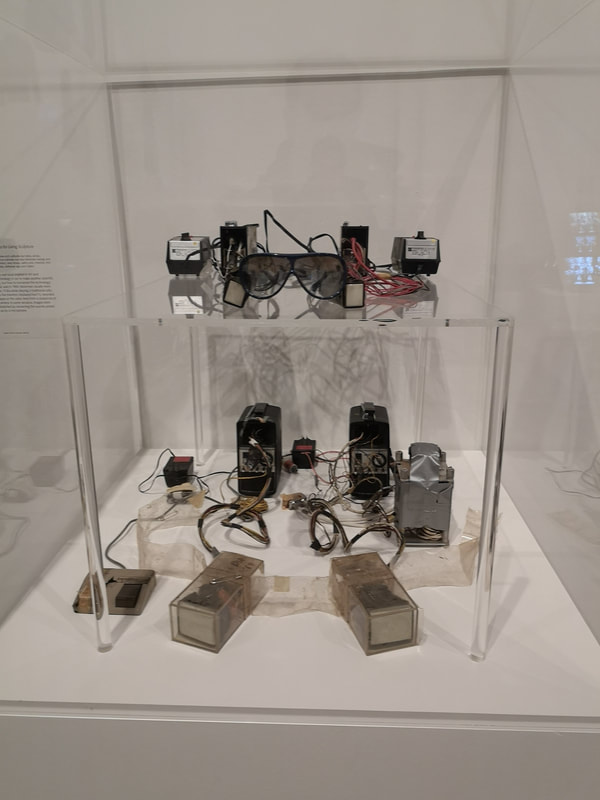
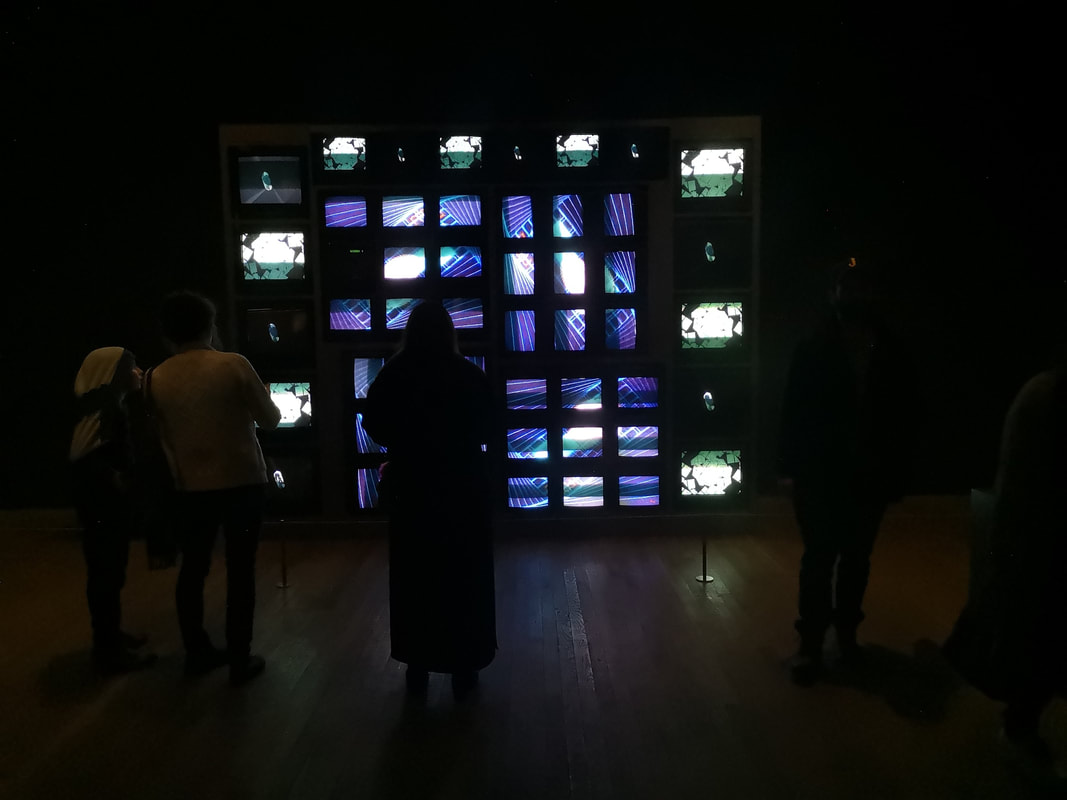
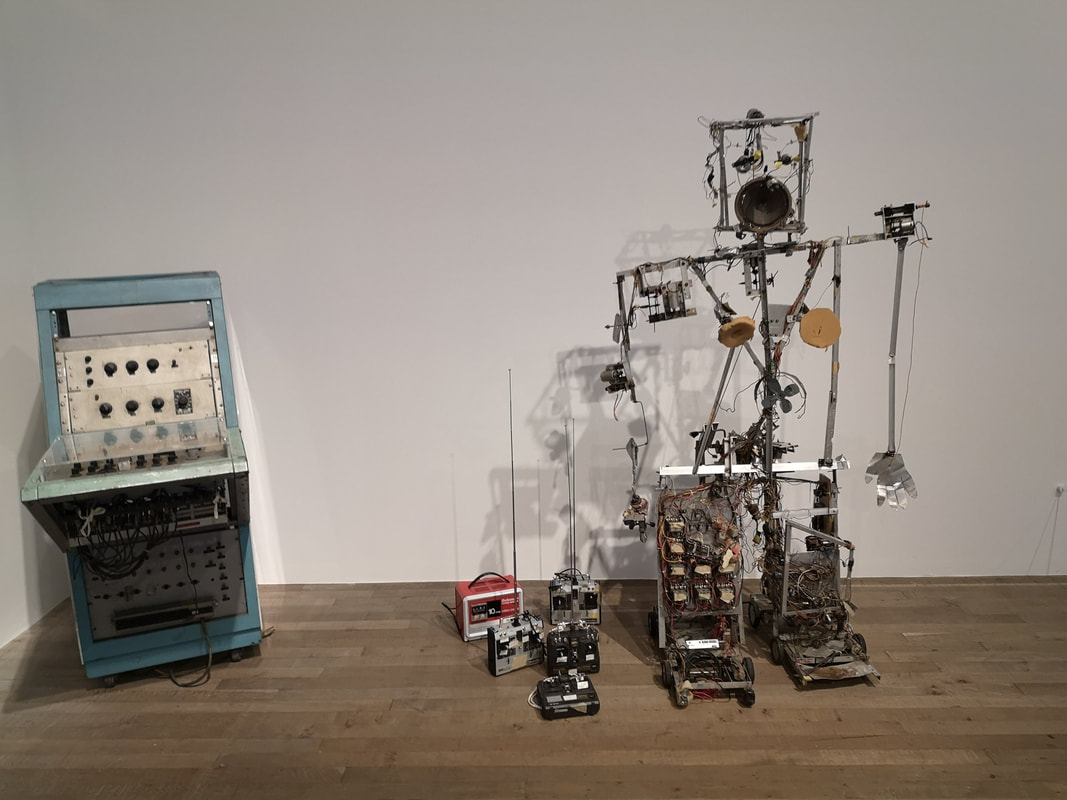
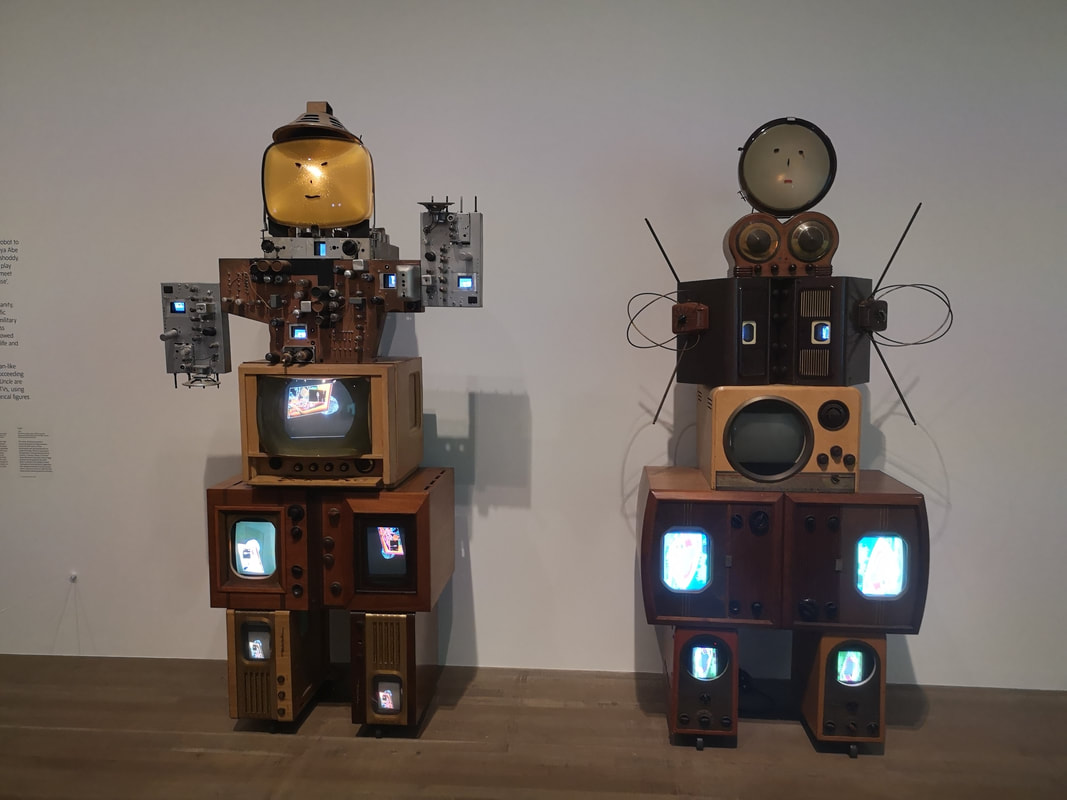
 RSS Feed
RSS Feed